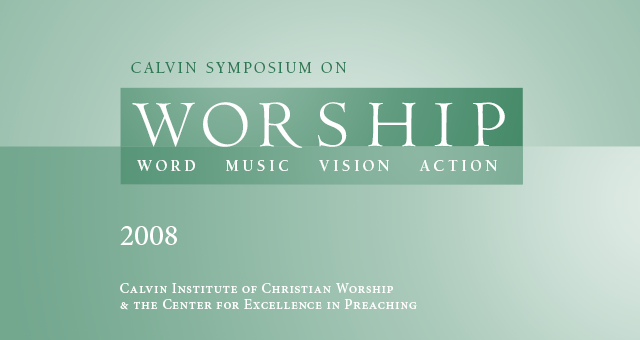
2008
For over 35 years, the Calvin Symposium on Worship has annually gathered together worshipers from many Christian traditions across Canada, the US, and beyond, bringing together people from a variety of roles in worship and leadership, including pastors, worship planners and leaders, musicians, scholars, students, worship bands and teams, organists, visual artists, preachers, chaplains, missionaries, liturgists, council and session leaders, and more. Cosponsored by the Calvin Institute of Christian Worship and the Center for Excellence in Preaching at Calvin University and Calvin Theological Seminary, the Symposium aims to encourage leaders in churches and worshiping communities of all sizes and settings.


